Daniel Kahneman said, “There are the experiences in our lives… and our memories of those experiences. And they are not the same.”
Memory seems to be the secret sauce to that feeling of a continuous, unchanging ME. But I’m finding it increasingly difficult to think of my memories as “mine.” It was easier when I thought of them as photographs in a shoebox on a shelf in my mind.
“Memories are not etched permanently in the brain. Instead, every time a memory is retrieved, it is destroyed and then re-created, and it becomes a memory of a memory. Any current memories we have are copies of copies of copies… many times over depending on how many times we have recalled that particular experience. Because of this process of creating, destroying, and re-creating memories, our recollections are unstable and subject to alteration. Each time we recall an event from our lives, the memory of that event can change. […] We never have a full recollection of anything that’s happened to us, and our memories are constructed from hints, scraps and traces found within the mind.” — Living As A River
I have a memory of a four-year-old Steve jumping up and down on the bed and then crashing through the bedroom window. Obviously that didn’t happen and I have no idea when or how the memory was formed. How many other of my memories are “constructed?”
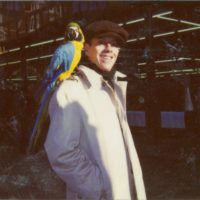 Thirty years ago Barb and I went to New York with another couple. It was miserably cold and I remember almost nothing of that weekend. I have a photo of me with a parrot sitting on my shoulder. That must have happened but I’m not sure if I have a memory of the experience or if the photo somehow created that memory.
Thirty years ago Barb and I went to New York with another couple. It was miserably cold and I remember almost nothing of that weekend. I have a photo of me with a parrot sitting on my shoulder. That must have happened but I’m not sure if I have a memory of the experience or if the photo somehow created that memory.
So what remains when the person, that oh-so-strong sense of a permanent self, is gone?
“A vague memory remains, like the memory of a dream, or early childhood. After all, what is there to remember? A flow of events, mostly accidental and meaningless. A sequence of desires and fears and inane blunders. Is there anything worth remembering? Realize that your present existence is like a shower of sparks, each spark lasting a second and the shower itself — a minute or two.” — Nisargadatta Maharaj
My memories seem so important. Would there be a “me” without them? And, yet, when I examine them, one at a time, they are indeed “mostly accidental and meaningless.”
James Gleick says “We experience childhood one way when we’re living it and another way when we relive it in memory.” Good. That means it was more fun than I recall.
Again, James Gleick: “But if memory is the action of recollection, the act of remembrance, then it implies an ability to hold in the mind two constructs, one representing the present and another representing the past, and to compare them, one against the other. How did we learn to distinguish memory from experience?”
Might that be why memories are mostly fuzzy and vague, “…constructed from hints, scraps and traces found within the mind.” We seldom confuse experience with memory.
I’m spending a lot of time thinking about the question who or what am I? And the answer I keep coming up with is: I am this immediate experience. And nothing more. As Alan Watts said, “This is it.” But it’s impossible for me to think of an experience as a discrete ‘thing.” Each is gone before I can bring it into consciousness. I can only think about the experience that just slipped away. It easier to think in terms of process, a flow of experiences. Ever changing. Never the same. That means keeping all the inputs wide open. Turn down the noise, turn up the signal. Be here, now.

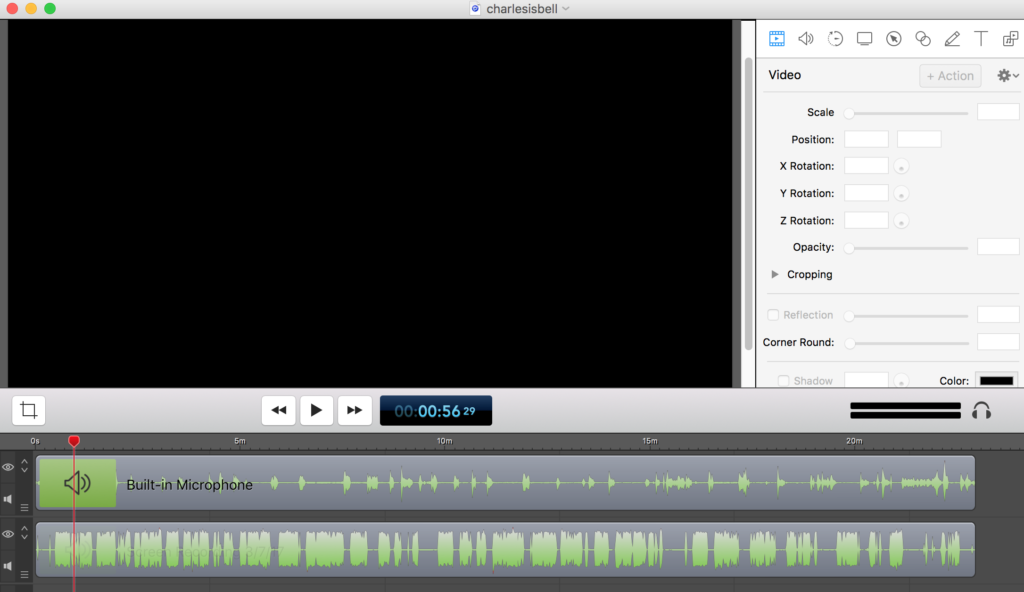
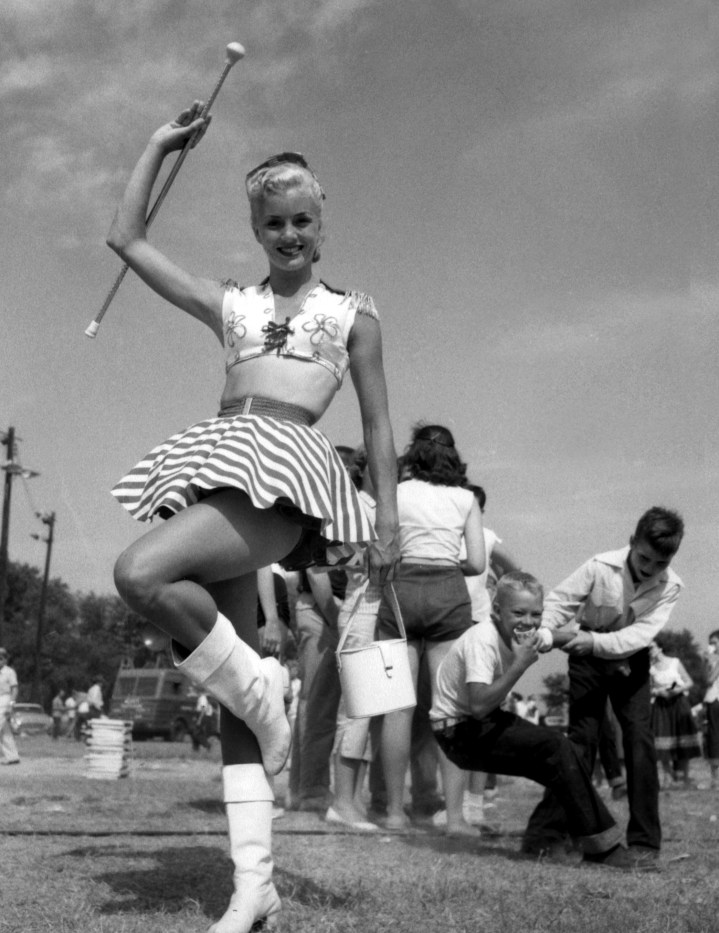
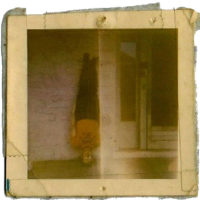 Let’s talk about dreams for a moment. Most of my dreams involve people and places from my past. As well as events that, though distorted and warped, have some basis in experience. But every so often I’ll have a dream that features totally unfamiliar elements, involving people/places/events that were never part of my waking life. Where did those images come from? Creepier still, one of these “made up” dreams might reoccur months or years later.
Let’s talk about dreams for a moment. Most of my dreams involve people and places from my past. As well as events that, though distorted and warped, have some basis in experience. But every so often I’ll have a dream that features totally unfamiliar elements, involving people/places/events that were never part of my waking life. Where did those images come from? Creepier still, one of these “made up” dreams might reoccur months or years later.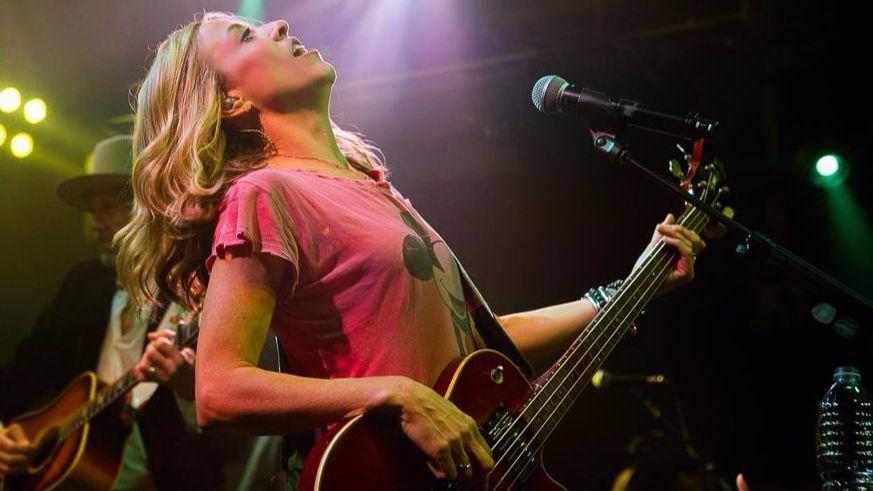 “Singer-songwriter Sheryl Crow previewed several songs from her forthcoming album “Be Myself” at a small-scale show Thursday at the Troubadour in West Hollywood. […] Concertgoers were required to check phones at the door or leave them in their cars so the evening might proceed without the now typical sea of cellphone screens hoisted in the air.”
“Singer-songwriter Sheryl Crow previewed several songs from her forthcoming album “Be Myself” at a small-scale show Thursday at the Troubadour in West Hollywood. […] Concertgoers were required to check phones at the door or leave them in their cars so the evening might proceed without the now typical sea of cellphone screens hoisted in the air.”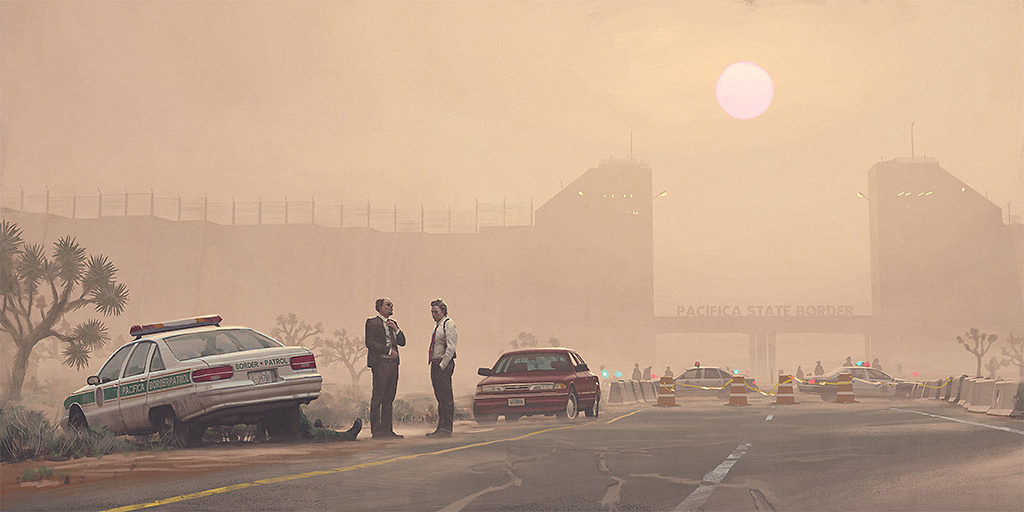
 Thirty years ago Barb and I went to New York with another couple. It was miserably cold and I remember almost nothing of that weekend. I have a photo of me with a parrot sitting on my shoulder. That must have happened but I’m not sure if I have a memory of the experience or if the photo somehow created that memory.
Thirty years ago Barb and I went to New York with another couple. It was miserably cold and I remember almost nothing of that weekend. I have a photo of me with a parrot sitting on my shoulder. That must have happened but I’m not sure if I have a memory of the experience or if the photo somehow created that memory.